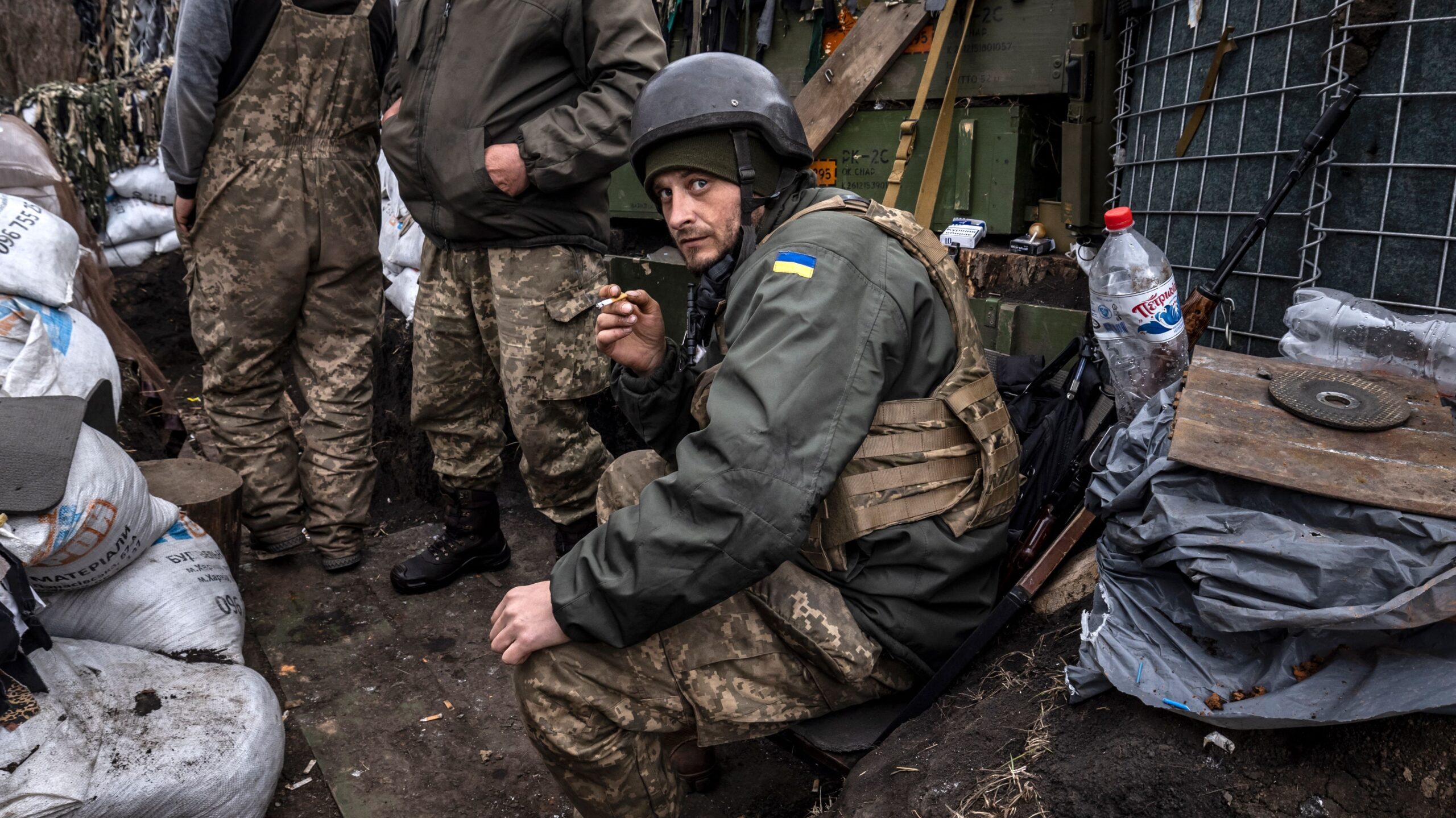
A Ukrainian serviceman smokes a cigaret in a trench at the front line east of Kharkiv on March 31, 2022. (Photo by FADEL SENNA / AFP) (Photo by FADEL SENNA/AFP via Getty Images)
WASHINGTON — The pronouncements in February 2022 were dire. If Russian President Vladimir Putin decided to invade Ukraine, US analysts and officials thought Kyiv would fall within as little as three days.
But today, exactly 1,000 days after the Kremlin rolled tanks towards the Ukrainian capital, Kyiv is still standing, supporting a war effort far into the country’s east where the battle lines have stubbornly settled.
Ukraine’s valiant defense of its land, and Russia’s largely inept attempt to take it, were certainly welcome surprises in Washington — but they were surprises nonetheless, which means it was also something of an intelligence failure for the 17 organization-strong American Intelligence Community.
The chief of the Defense Intelligence Agency, whose bread-and-butter mission is estimating the relative might of foreign militaries, said Thursday that one intangible factor threw off the calculations: the Ukrainians’ “will to fight.”
“The Ukrainians … exhibited a will to fight that was far beyond anything any of us had estimated,” Lt. Gen. Jeffrey Kruse said at an event put on by the Intelligence and National Security Alliance, contrasting Ukraine’s resiliency with that of the Afghan armed forces, which collapsed as US-led coalition forces left that Southwestern Asian nation.
Kruse, who was the military affairs advisor to the Director of National Intelligence in 2022 and took the DIA helm in February 2024, also noted the quality of the Russian equipment, the training of individual soldiers and their willingness to share information within their own organization as all factors the US appeared to have misjudged.
But it was the “will to fight” factor that seems to have made the biggest impact on the DIA, so much so that Kruse said his agency is attempting to make the intangible tangible so it can be incorporated into military power reports going forward.
“And so the team went through and built a ‘will to fight’ all-source tradecraft methodology [to ask] ‘What does that look like? How do we assess what that looks like?'” Kruse said.
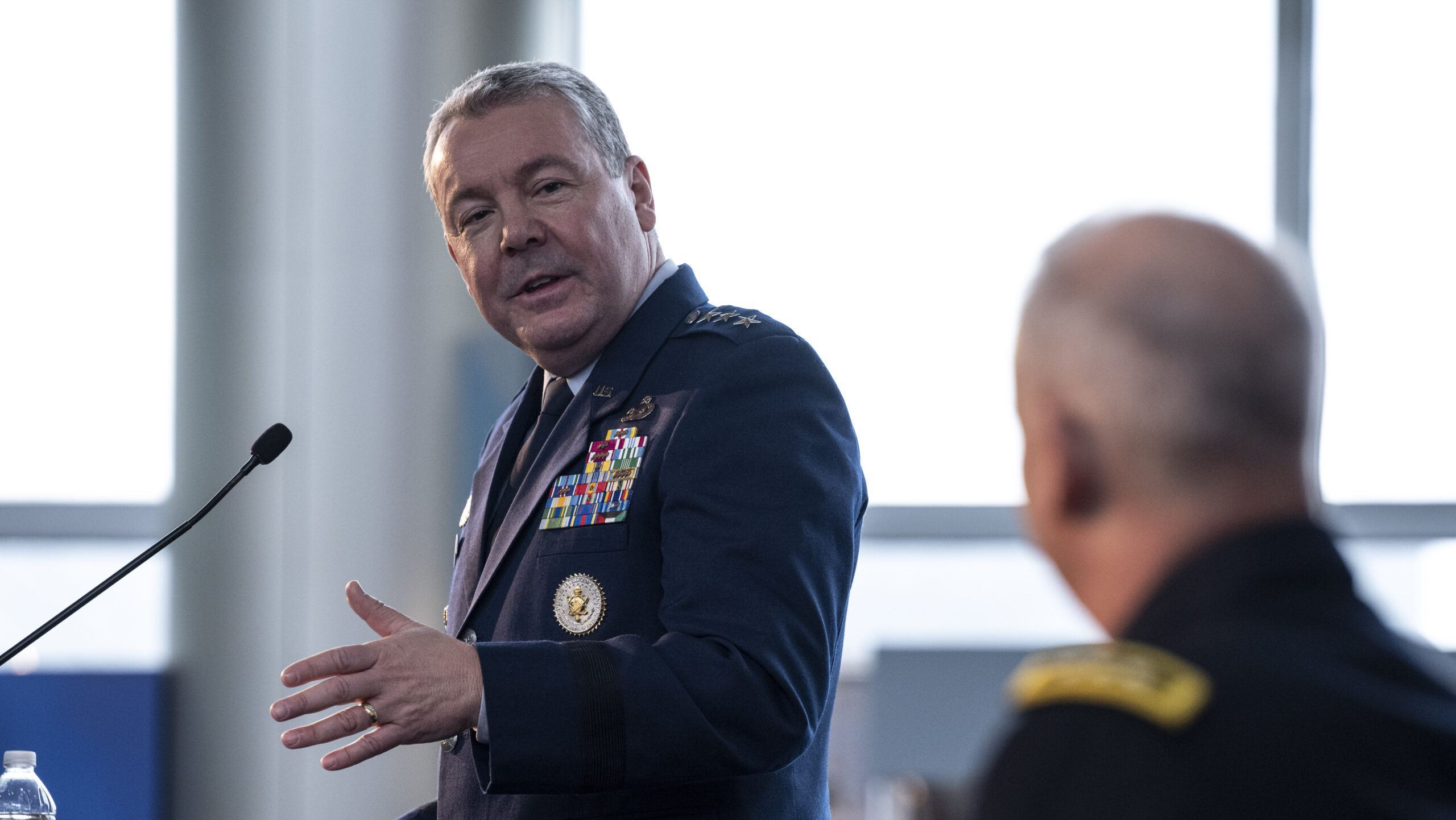
Incoming Director of the Defense Intelligence Agency U.S. Air Force Lt. Gen. Jeffrey A. Kruse provides remarks at the DIA Change of Directorship ceremony at DIA headquarters on Joint-Base Anacostia-Bolling, Washington, D.C., Feb. 2, 2024. (DoD photo by U.S. Navy Petty Officer 1st Class Alexander Kubitza)
Kruse said the methodology has been applied to “several militaries” so far, including the military’s top priority, China, though he didn’t offer any conclusion on that “will to fight” analysis.
More broadly, elsewhere in his talk Kruse said that the Chinese military did appear to be on track to meet leader Xi Jinping’s goal of being able to invade Taiwan within a predetermined timeline should Xi decide to make that drastic move — likely a reference to reports that Xi set 2027 as the deadline for that capability, what’s known as the Davidson Window. But, Kruse said, he was less sure China had a plan for what to do after the invasion — for the actual holding of land, for preventing Taiwan’s allies from helping and, at the same time, for securing its own borders.
“I’m not convinced that [Xi] is in a place to do all those things just yet,” he said. “So as you know we’re working to make sure we [understand] where that is and, where we can, change the calculus” for Beijing.
North Korea’s Best In Russia?
Back in Russia, Kruse offered an assessment of the surprise movement of North Korean troops to Russian territory — a number “north of” 10,000 in DIA’s estimation.
It’s a significant number, and one that Kruse said may allow Moscow to conduct an effective counter-attack in Kursk, Russian territory currently held by Ukraine. But, he said, the North Korean troops available might not be the best for the job at hand.
“These North Korean forces are from the 11th Corps; they’re special operations forces. They’re the best trained within North Korea, but I’m not sure they’re up to Russian standards,” Kruse said. “Special operations forces are designed to do certain things — raids, sabotage, a variety of things — [but] it may not be that they’re well designed to go in and be at the front of a mass conventional counteroffensive.”
Taking On The New Intelligence ‘Multiverse’
Russia’s invasion of Ukraine and China’s increasingly belligerent actions in the Pacific domain were evidence, Kruse said, of a “macroshift” he’s noticed in recent years, that from a rules-based framework to one in which more countries are willing to use “raw power” to achieve their objectives.
But another macrotrend he highlighted during his keynote address is the shift from a unipolar world to that of a “multiverse.” Kruse took pains to say he wasn’t even attempting to be hip enough to be referencing the multiverse as it exists in the Marvel Cinematic Universe, but meant that even more than a shift toward a multipolar world, the influx of mis- and disinformation has created “information microclimates” — multiple universes of truth.
“Today’s information environment, as you all know, increasingly supported by AI, enables the viral growth of information microclimates that can be really hard to break through or change,” he said. “So deciphering fact from fiction, which is important in the intelligence community, to support decision making and to support warfighters will be a significant hurdle for the foreseeable future.”
Pentagon announces 4 drones, loitering munitions now under Replicator
“The delivery of commercially available Company-Level Small UAS with support from the Replicator initiative will allow American soldiers to rapidly experiment, learn and innovate with these systems,” said Army Chief Gen. Randy George.
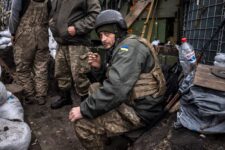
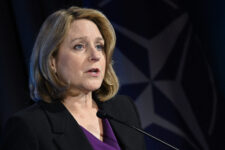

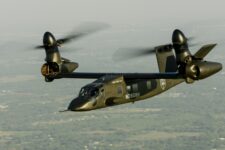
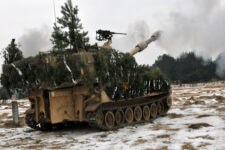


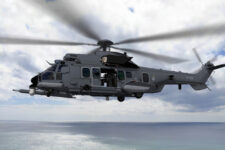
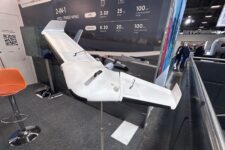
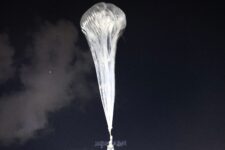
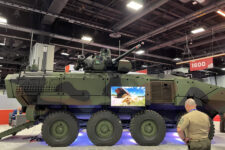
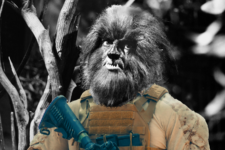
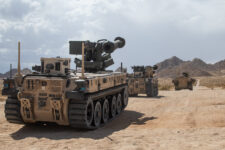
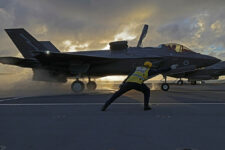
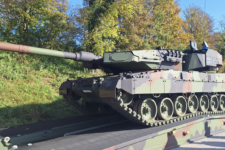

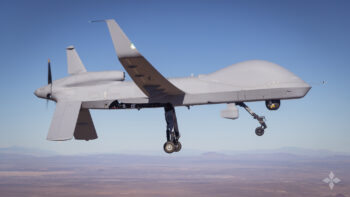

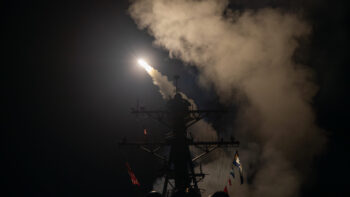
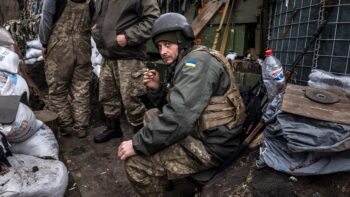
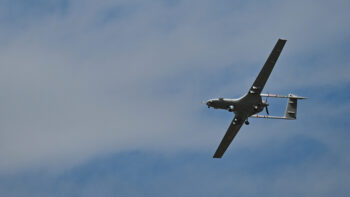
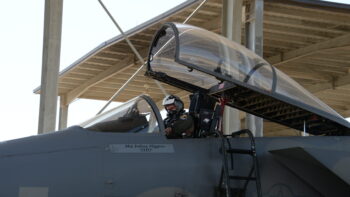
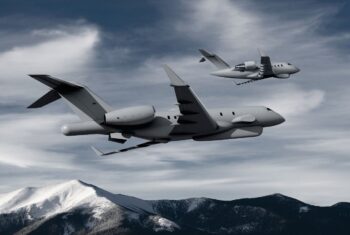
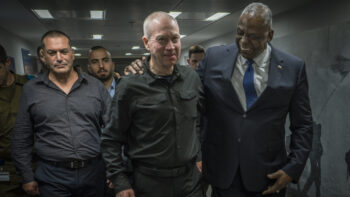
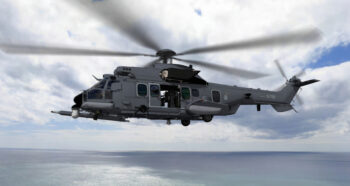

![E-2D_AR_1[1]](https://breakingdefense.com/wp-content/uploads/sites/3/2024/10/E-2D_AR_11-350x233.png)
